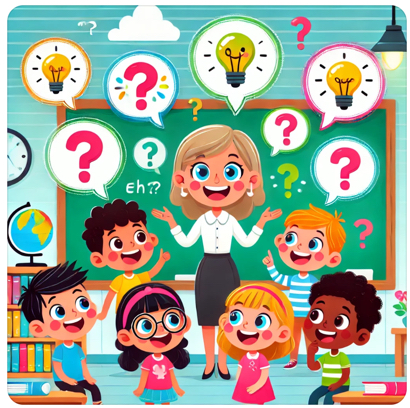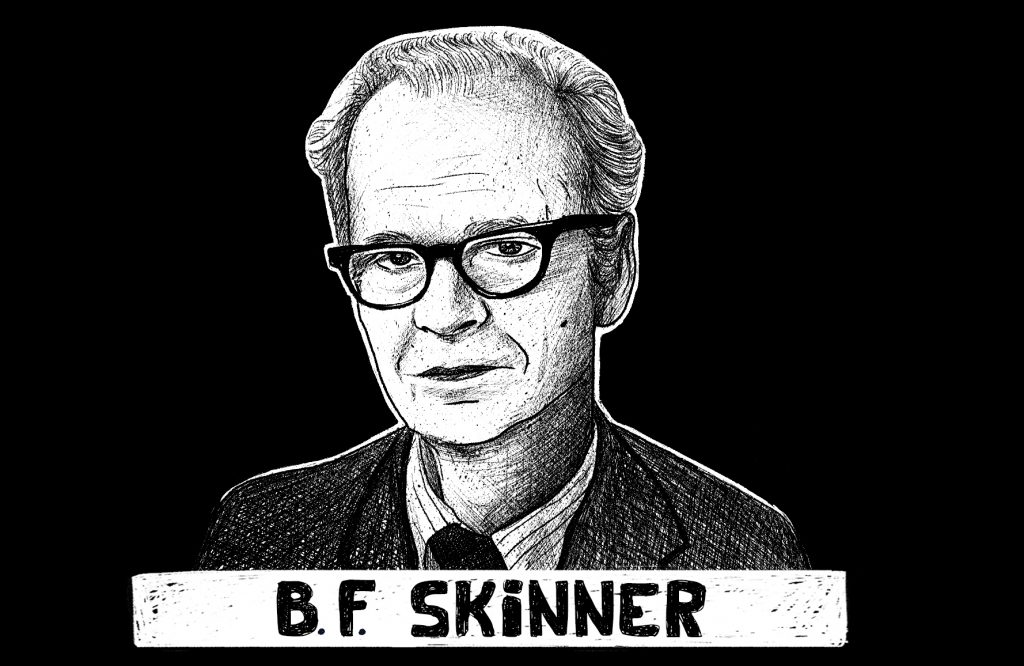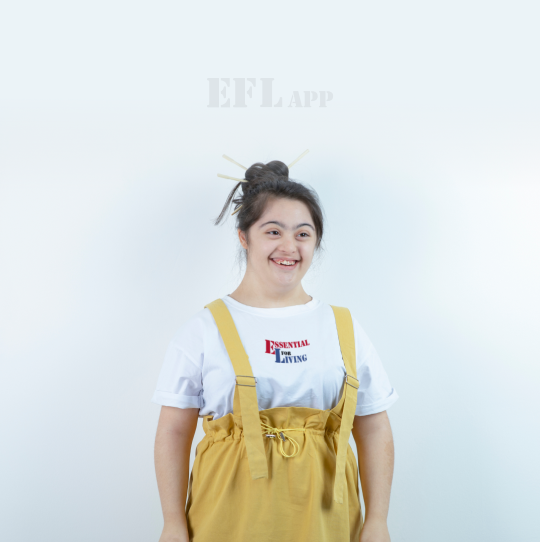Verbal Behavior Milestones Assessment & Placement Program (VB-MAPP) by Dr. Mark Sundberg is a developmental assessment and curriculum guide where a learner’s language and social skills are compared to a typically developing 0-4-year-old.
The advantage of using this assessment is that not only is the assessor able to know how many words a learner is saying (however they “say words”), but also more importantly, the conditions under which the learner is saying those words. Research has shown that early language users may be able to say a word under one condition, but not necessarily under another condition (eg: they can label an item, but they can not ask for the item when they want it). Being a proficient language user involves being able to use words under many different conditions, and the VB-MAPP allows users to assess this ability.
Another advantage of the VB-MAPP is that it is a more “quick-in/quick-out” assessment compared to, say, the ABLLS/ABLLS-R. Unlike the ABLLS-R, it guides users on the skills typically developing children acquire first across all the skill areas that it assesses. This information greatly helps with programming.
If there is any downside to using the VB-MAPP, it might be that users need to be proficient in defining the Verbal Operants from Skinner’s Analysis of Verbal Behavior. However, saying this, I have never had an individual not master the Verbal Operant definitions within a few hours of training, and there are reminder posters that can be displayed on the classroom wall. The VB-MAPP App includes videos showing how to assess each Milestone. Although the need to learn about the Verbal Operants could be seen as a disadvantage for users of the assessment, once they experience the benefits of assessing learners on each of these Verbal Operants, the initial “disadvantage” becomes a huge advantage.
Any learner with autism, speech delay, or neurodiversity should be assessed using VB-MAPP, especially if they are under 10 years old and the current goal is to work intensively to “catch them up” to their typically developing peers. Skills are taught in a sequence and clearly show all team members the goals that should be focused on first.
If a learner stops making progress with the VB-MAPP, or if clinicians find that they have to continue to teach every example of a skill to their learner, even after intense programming, and especially when that learner is starting to demonstrate skills of a typical two-year-old, clinicians should consider switching to a more function-based assessment/curriculum and one that continues to work on communication if that is an area of need for the learner.
The VB-MAPP was originally released as a paper-criteria but Mark Sundberg has since partnered with Data Makes The Difference to make the only approved web and iOS app of the VB-MAPP available at https://www.vbmappapp.com/. Reach out to us at datamakesthedifference.com/contact for any questions regarding the app.
References
Sundberg, M. (n.d.). Verbal Behavior Milestones Assessment and Placement Program (VB-MAPP). Retrieved from https://www.marksundberg.com/vb-mapp
Wikipedia contributors. (n.d.). Verbal Behavior Milestones Assessment and Placement Program. In Wikipedia, The Free Encyclopedia. Retrieved from https://en.wikipedia.org/wiki/Verbal_Behavior_Milestones_Assessment_and_Placement_Program


















